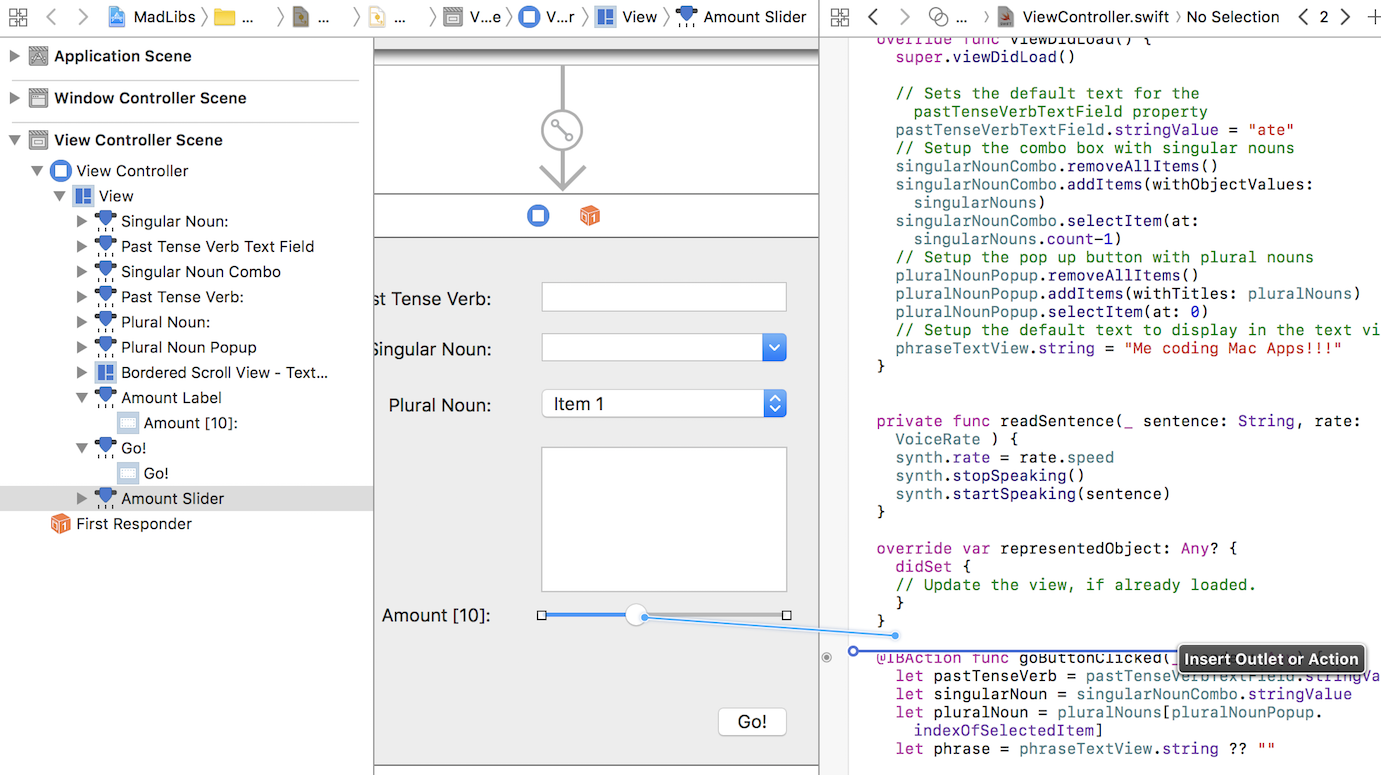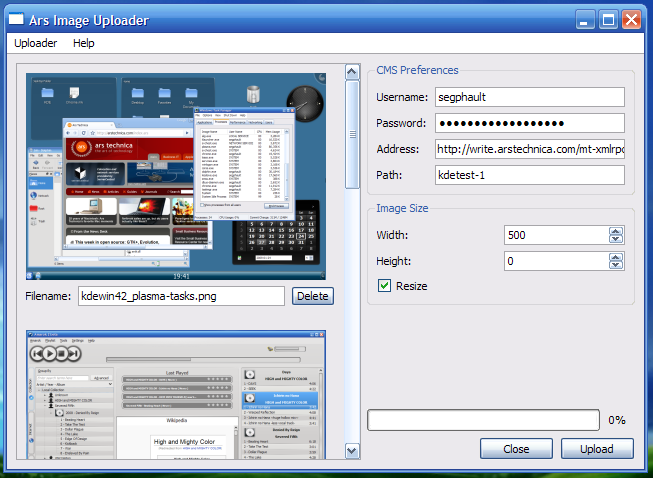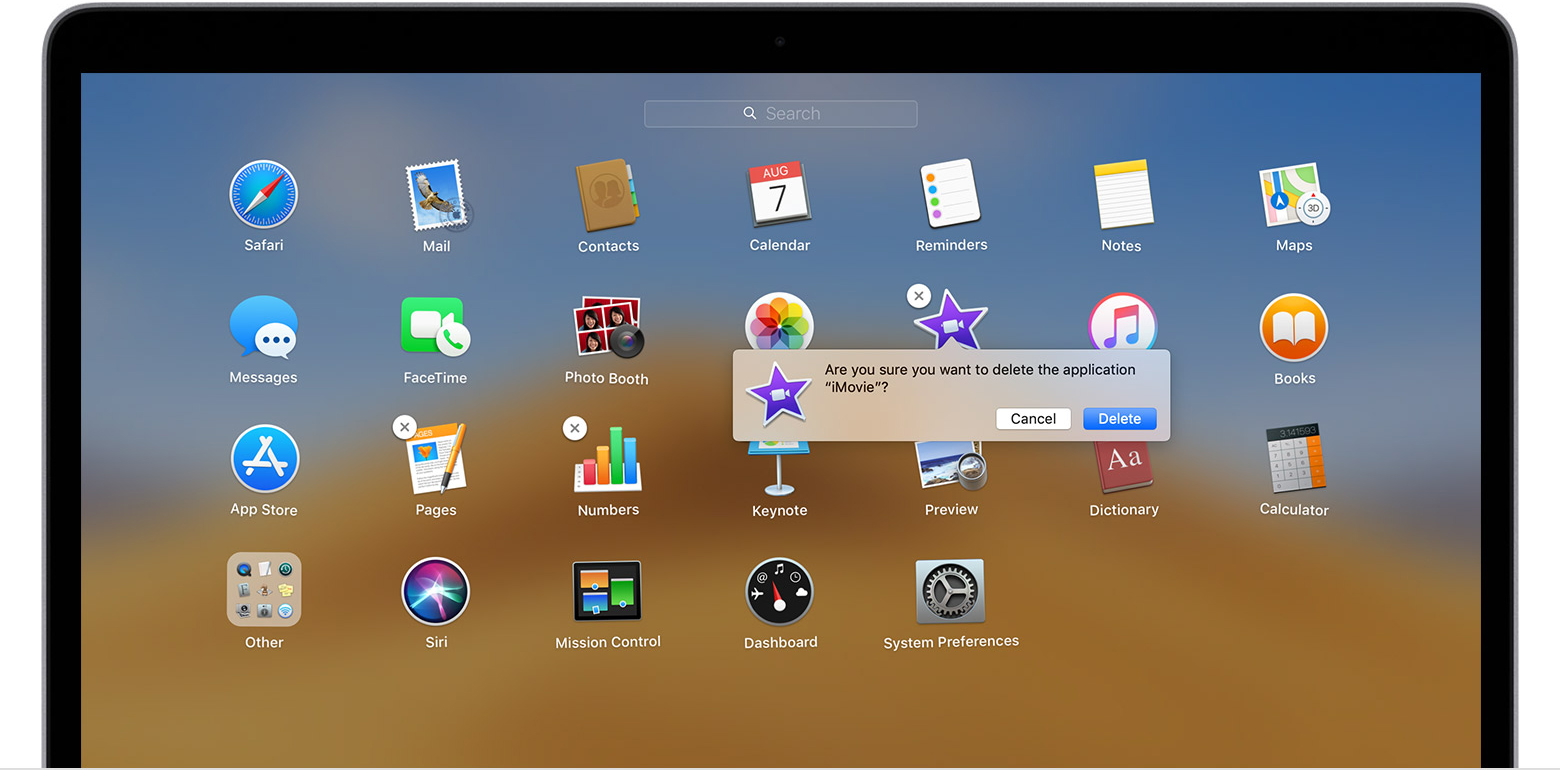macOS is the operating system that powers every Mac. It lets you do things you simply can’t with other computers. That’s because it’s designed specifically for the hardware it runs on — and vice versa. macOS comes with an entire suite of beautifully designed apps. It works hand in hand with iCloud to keep photos, documents, and other stuff up to date on all your devices. It makes your Mac work like magic with your iPhone and other Apple devices. And it’s been built from the ground up with privacy and security in mind.
Featuring all-new, dedicated apps for music, TV, and podcasts. Smart new features in the apps you use every day. And Sidecar, which lets you use iPad as a second Mac display.
Programming Languages for iOS Apps. The iOS platform was created by Apple. If you develop an iOS app, it will work across Apple devices like iPhones and iPads. Apps built using an iOS programming language can be made available on the Apple App Store for users to download. The 15 Best Mac Apps to Make Everyday Life Easier. Apple's macOS is a good operating system, but it's missing some key ingredients. Try these programs to get the most out of your Mac. Jun 10, 2020 Mac Vs. Windows For Programming In 2020 Linux and UNIX. Linux and UNIX are very important to programming. Before Linux came UNIX. UNIX is an operating system and is crowned as one of, if not the best, operating systems ever created, so called for its stability, flexibility, and security. Xojo is an awesome programming environment! I can develop Mac and Windows apps quickly and easily. Xojo is the only tool I use and love it! - Navid Voghoofi. Desktop apps, web apps, mobile apps and Raspberry Pi can all be developed and built using the same.
Thank you for checking out my course:) 'The Complete MacOS Developer Course' will help you conquer the programming world of the Mac. This course is for both those with an iOS background and those who are complete beginners. This course dives right into the specific tools you need to make MacOS apps. Topics we cover include.
Easy to Use When it’s simple to
do
everything, you can do anything.
On a Mac, everything is designed to work just the way you expect it to — from operating it with simple, intuitive gestures to asking Siri to find a file to having your apps automatically update themselves. Whatever you set out to do on a Mac, there’s much less to learn and that much more to accomplish.
The Finder lets you easily browse and organize the files on your Mac — and those stored in iCloud Drive. View files by icons, in a list, or with Gallery View, which helps you quickly locate a file by how it looks. Drag and drop files into folders in the sidebar. And use the Preview pane to see all of your files’ metadata, quickly create .zip files, and share using the handy Share menu.
Dark Mode adds a dramatic look to your desktop and apps that puts the focus on your content. Dynamic Desktop makes your Mac even more beautiful with time-shifting desktop pictures that match the time of day wherever you are. And Stacks keeps your desktop free of clutter by automatically organizing your files, images, documents, PDFs, and more into tidy groups.
Spotlight helps you quickly and effortlessly find what you want, like documents on your Mac, movie showtimes, and flight departure and arrival times. Just type a few keystrokes in the Spotlight search field and autocomplete immediately shows you relevant results.1
A simple two-finger swipe from the right edge of your trackpad brings up Notification Center — the same one you use on iPhone — where you can see all the alerts that have come in recently. It’s also where you’ll find your Today view, which you can customize with helpful widgets or handy information pinned from Siri searches.
Siri helps you get things done just by using your voice. It also helps you get more things done at the same time. So you can finish your document while asking Siri to tell your coworker that it’s on the way. Looking for the presentation you worked on last week? Just ask Siri.2 And with Apple Music, Siri can be your personal DJ and recommend music based on your tastes, and tell you more about songs, albums, and artists.3
Continuity All your devices.
One seamless experience.
Your Mac works with your other Apple devices in ways no other computer can. If you get a call on your iPhone, you can take it on your Mac. And when friends text you — regardless of the phone they have — you can respond from your Mac, iPad, or iPhone, whichever is closest. When you copy text or an image from one device, you can paste it into another with standard copy and paste commands. And with Sidecar, you can extend your workspace by using your iPad as a second Mac display. You can even unlock your Mac with your Apple Watch. No password typing required.
Privacy and Security We believe your data belongs to you. Period.
Everything you do with your Mac is protected by strong privacy and security features. That’s because we build data security into everything we make, right from the start.

Privacy. You trust our products with your most personal information, and we believe that you should be in complete control of it. We respect your privacy by enacting strict policies that govern how all data is handled. And when you browse the web, Safari helps prevent data companies from tracking the sites you visit.
Security. We design Mac hardware and software with advanced technologies that work together to help you run apps safely, protect your data, and keep you safe on the web. The new Find My app helps you locate a missing Mac that’s lost or stolen — even if it’s offline or sleeping. And Gatekeeper makes it safer to download and install apps from the Mac App Store and the internet.
Built in Apps Apps as powerful and elegant as your Mac. Because they’re designed for it.
With every Mac, you get a collection of powerful apps. They’re the same apps you use on your iPhone or iPad, so they’ll feel instantly familiar. They all work with iCloud, so your schedule, contacts, and notes are always up to date everywhere. And because they’re native apps — not web apps in a browser — they take full advantage of the power of your Mac to deliver the fastest possible performance and more robust features.
Media. Experience music, TV, and podcasts in three all-new Mac apps. Get all the news that matters from sources you trust, all in one place.4 Track the market and customize your watchlist. Peruse the best book titles from your desktop. And find the latest apps and extensions for your Mac, right on your Mac.

Podcasts
Stocks
App Store
Creativity. Enjoy your best photos and videos, showcased in an immersive, dynamic new look. Transform home videos into unforgettable movies or quickly share clips with your favorite people. Create music like the pros with a huge collection of sounds, instruments, amps, and a lineup of virtual session drummers and percussionists perfectly suited to play along with your song.
Productivity. Create beautiful documents with stunning simplicity. Visualize your data precisely and persuasively in spreadsheets with images, text, and shapes. Make stage-worthy presentations using powerful graphics tools and dazzling cinematic effects to bring your ideas to life. And collaborate with friends and coworkers in real time — whether they’re across town or across the globe.
Communication. Easily manage all of your email accounts in one simple, powerful app that works with email services like iCloud, Gmail, Yahoo, AOL, and Microsoft Exchange. Send unlimited messages to anyone on any Apple device, using the same Messages app on your Mac as you do on your iPhone. Make unlimited high-quality video and audio calls right from your Mac with FaceTime. And securely locate a missing Mac using the new Find My app on Mac, iPhone, and iPad.
Mail
Messages
FaceTime
Organization. A new gallery view and more powerful search help you find your notes more quickly than ever. Easily create, organize, and add attachments to reminders. Manage your iCloud, Google, and Exchange calendars in one place, create separate calendars for home, work, and school, and view them all or just the ones you want. Instantly capture personal reminders, class lectures, even interviews or song ideas with Voice Memos. Keep all your contact info up to date on all your devices, and easily import numbers, addresses, and photos from Google and Microsoft Exchange. And control all your HomeKit-enabled accessories from the comfort of your desktop.
Notes
Reminders
Calendar
Voice Memos
Contacts
Internet. Surf the web seamlessly with an updated start page that helps you quickly access your favorite and frequently visited sites. Use Apple Pay to make purchases on the web in Safari with Touch ID on MacBook Pro and MacBook Air. Map out new destinations from your desktop, with gorgeous 3D city views like Flyover, point-to-point directions, and comprehensive transit directions. And instantly search your entire Mac or get results from the internet in just a few keystrokes.
Spotlight
iCloud All your stuff on your Mac.
And everywhere else you want it.
Every Apple app uses iCloud — it’s the magic behind the seamless experience you have with all your Apple devices. So you always have your photos, videos, documents, email, notes, contacts, calendars, and more on whatever device you’re using. And any file you store in iCloud Drive can be shared with friends, family, and colleagues just by sending them a link. iCloud Drive also lets you access files from your Mac on your iPhone or iPad. It’s all done automatically. Just like that.5
Accessibility We make sure that everyone is able to use a Mac.
macOS comes standard with a wide range of assistive technologies that help people with disabilities experience what the Mac has to offer, providing many features you won’t find in other operating systems. Voice Control lets users control their Mac, iPad, and iPhone entirely with their voice. And features such as VoiceOver, Accessibility Keyboard, FaceTime,6 and Text to Speech help everyone get more out of Mac.
Technology Advanced to the core.
macOS features powerful core technologies engineered for the most important functions of your Mac. Thanks to Mac Catalyst, you can now enjoy your favorite iPad apps on your Mac. With SwiftUI, developers have a simple way to build better apps across all Apple platforms with less code. Create ML gives developers a faster and easier way to build machine learning into apps. And support for virtual and augmented reality lets developers create immersive worlds for you to step into.
Compatibility Need to work with Windows?
Mac does that, too.
With macOS, it’s easy to transfer your files, photos, and other data from a Windows PC to your Mac. Work with popular file types such as JPEG, MP3, and PDF, as well as Microsoft Word, Excel, and PowerPoint documents. And, of course, you can run Microsoft Office natively on a Mac. If you want, you can even run Windows on your Mac.7
Find the right
MacBook Air for you.
This document is the starting point for learning how to create Mac apps. It contains fundamental information about the OS X environment and how your apps interact with that environment. It also contains important information about the architecture of Mac apps and tips for designing key parts of your app.
At a Glance
Cocoa is the application environment that unlocks the full power of OS X. Cocoa provides APIs, libraries, and runtimes that help you create fast, exciting apps that automatically inherit the beautiful look and feel of OS X, as well as standard behaviors users expect.
Cocoa Helps You Create Great Apps for OS X
You write apps for OS X using Cocoa, which provides a significant amount of infrastructure for your program. Fundamental design patterns are used throughout Cocoa to enable your app to interface seamlessly with subsystem frameworks, and core application objects provide key behaviors to support simplicity and extensibility in app architecture. Key parts of the Cocoa environment are designed particularly to support ease of use, one of the most important aspects of successful Mac apps. Many apps should adopt iCloud to provide a more coherent user experience by eliminating the need to synchronize data explicitly between devices.
Relevant Chapters:The Mac Application Environment, The Core App Design, and Integrating iCloud Support Into Your App

Common Behaviors Make Apps Complete
During the design phase of creating your app, you need to think about how to implement certain features that users expect in well-formed Mac apps. Integrating these features into your app architecture can have an impact on the user experience: accessibility, preferences, Spotlight, services, resolution independence, fast user switching, and the Dock. Enabling your app to assume full-screen mode, taking over the entire screen, provides users with a more immersive, cinematic experience and enables them to concentrate fully on their content without distractions.
Relevant Chapters:Supporting Common App Behaviors and Implementing the Full-Screen Experience
Best Programming Language For Mac Apps
Get It Right: Meet System and App Store Requirements
Configuring your app properly is an important part of the development process. Mac apps use a structured directory called a bundle to manage their code and resource files. And although most of the files are custom and exist to support your app, some are required by the system or the App Store and must be configured properly. The application bundle also contains the resources you need to provide to internationalize your app to support multiple languages.
Finish Your App with Performance Tuning
As you develop your app and your project code stabilizes, you can begin performance tuning. Of course, you want your app to launch and respond to the user’s commands as quickly as possible. A responsive app fits easily into the user’s workflow and gives an impression of being well crafted. You can improve the performance of your app by speeding up launch time and decreasing your app’s code footprint.
Relevant Chapter:Tuning for Performance and Responsiveness

How to Use This Document
This guide introduces you to the most important technologies that go into writing an app. In this guide you will see the whole landscape of what's needed to write one. That is, this guide shows you all the 'pieces' you need and how they fit together. There are important aspects of app design that this guide does not cover, such as user interface design. However, this guide includes many links to other documents that provide details about the technologies it introduces, as well as links to tutorials that provide a hands-on approach.

In addition, this guide emphasizes certain technologies introduced in OS X v10.7, which provide essential capabilities that set your app apart from older ones and give it remarkable ease of use, bringing some of the best features from iOS to OS X.
See Also
The following documents provide additional information about designing Mac apps, as well as more details about topics covered in this document:
To work through a tutorial showing you how to create a Cocoa app, see Start Developing Mac Apps Today.
For information about user interface design enabling you to create effective apps using OS X, see OS X Human Interface Guidelines.
To understand how to create an explicit app ID, create provisioning profiles, and enable the correct entitlements for your application, so you can sell your application through the Mac App Store or use iCloud storage, see App Distribution Guide.
For a general survey of OS X technologies, see Mac Technology Overview.
To understand how to implement a document-based app, see Document-Based App Programming Guide for Mac.
Mac Vs Windows For Programming
Programming Apps For Mac
Copyright © 2015 Apple Inc. All Rights Reserved. Terms of Use | Privacy Policy | Updated: 2015-03-09
